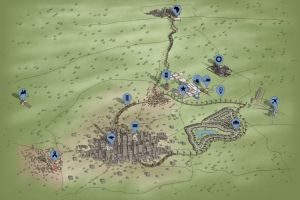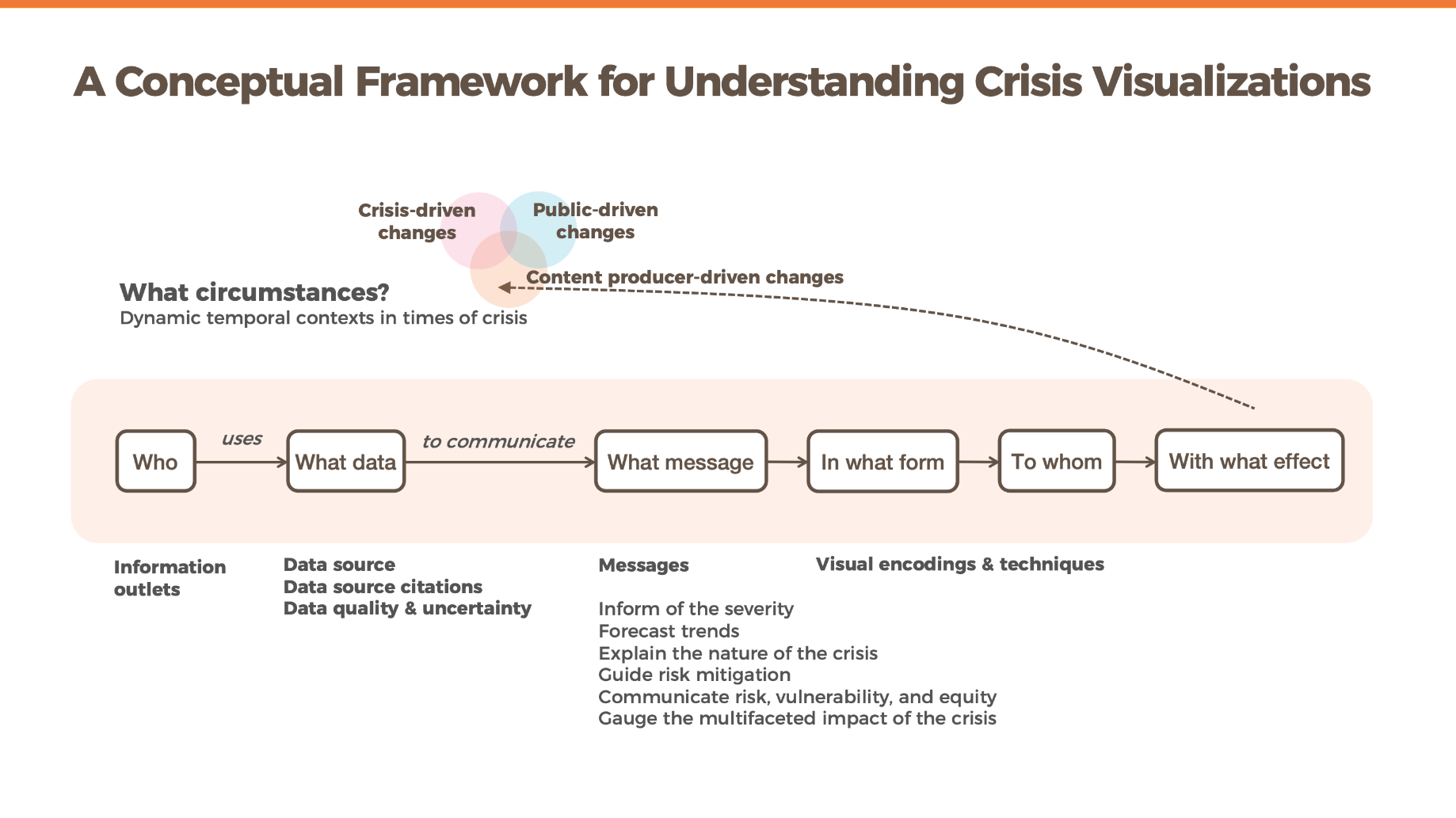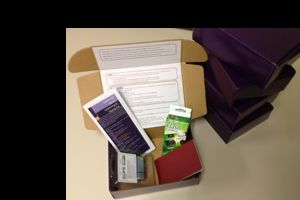|
Interviews with 61 makers, along with observations in several maker communities, provide empirical insight on the nuances between different types of communities and how these differences are influenced by the space and place of the makerspaces. Our exploration led to the identification of five prototypical maker communities; closed and regulated, open and messy, hybrid, online large-scale, and online small-scale. |
We describe our design considerations and iterative prototyping process from testing with youth and educators, and studying seven teachers in a week-long workshop. Our findings demonstrate how teachers perceived MCVT Cards for facilitating new computational practices, specifically for learning through exploratory making and connecting to examples of everyday computing. Website: |
We draw upon insights from design-based research in developing the TADA (Tangible Data) system, in order to understand how data literacy, data mapping, and visualization might be aided through the translation of data into dynamic learner-created sculptures. Through the PaperMech medium, we are also able to see how storytelling and creation might be used to further understand the information in the data. We describe workshop design and discuss how the TADA system could be a useful tool in the future of 6-8th grade data science pedagogy. |
Our project was inspired by the Chinese traditional fairy tale Magic Brush. The interactor has a unique brush with a magic power that could turn anything he draws to life. They will use the magic brush to escape from a room by creating/interacting with the artifacts he draws. We want to design the agencies of creating interactive user-generated content in VR. |
|
Mapping iThemba draws on ethnographic research that Professor Anne Pollock began in 2010 at iThemba Pharmaceuticals (pronounced ee-TEM-ba), a small start-up pharmaceutical company in the outskirts of Johannesburg that was founded in 2009 with the mission of drug discovery for TB, HIV, and malaria. The synthetic chemistry research that scientists do at iThemba is no different than what might be done in a well-equipped lab anywhere in the world. Yet, place matters. The interactive map is an opportunity to explore how.  |
As part of the exhibit, Mapping Place: Africa Beyond Paper, which contrasts western concepts of mapping (i.e. Cartesian plots of locations) with other traditional practices, Synlab students created an interactive tabletop installation that lets participants tell their own stories by creating a digital Lukasa, a mnemonic device used by the Luba people of central Africa to record genealogy and history. The exhibition was at the Robert C. Williams Paper Museum from February 27 to June 6, 2014.  |
Examining COVID-19 Crisis Visualizations and Information Behaviors  |
An ever-increasing number of smart technologies are being developed all over the world to coach people on healthier, as well as more responsible behaviors, providing them timely and ubiquitously with personalized information and support. Marlin is one such wearable swim coach, specifically for distance swimmers, which constantly monitors a swimmer's performance and provides them necessary real-time feedback through sonification while swimming. It is a tool for coaches to plan a detailed training program, set new targets and sync them to the swimmers' device. |
|
To date, trust in automation has only been measured generally; however, types of trust in automation have been proposed in the literature. ituational trust highlights the impact contextual differences on trust development as well as on how much trust influences behavioral outcomes. This is the first measure developed for a situational trust in automation and for any type of trust in automation. |
16 participants were asked to fill out an immersive tendencies questionnaire and then play a multiplayer game in virtual reality, augmented reality, and a non-stereoscopic hybrid. They were then asked to fill out a presence questionnaire after each play-through. An analysis of the results suggests that those scoring lower in immersive tendencies are likely to have higher perceived presence in virtual reality than augmented reality, but that those scoring higher in immersive tendencies may actually experience a greater sense of presence in augmented reality applications. |
We offer a fast attempt to measure the global digital native population with a model for calculating the number of digital natives in each country of the world. We have calculated the size of the digital native population by country, by region and by income level and have related the presence of digital natives to education and literacy levels, and ultimately to policy-making. According to the model, in 2012 there were around 363 million digital natives out of a world population of around 7 billion or 5.2 per cent.  |
|
|
A tool which provide bran-new medication management experience to students as well as consider international students special pain points when using the US. medication system. |
A method for engaging community members in productive discussions about technology with technology designers. Medium probes offer designers and participants a chance for open-ended exploration of design issues related to participants' practices with technology, cultural values, skills, and access level.  |
Mermaids is a massively multiplayer online game set in an underwater world in which players take on the roles of hatchlings coming to life in the ruins of a long-extinct mermaid culture.  |


